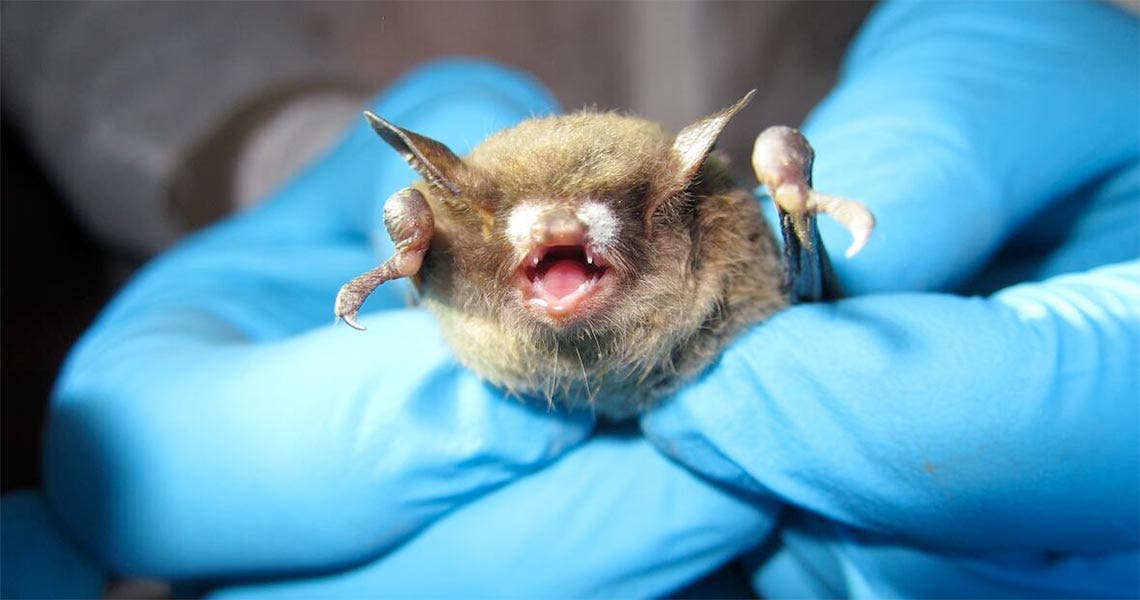The Guide to Bats & White Nose Syndrome

Bats are an important part of the ecosystem in many places around the world. They consume agricultural pests that can impact farming and livestock. Even fruit bats are important to the environment since they help spread pollen to repopulate plants.
However, since 2007, white-nose syndrome has plagued millions of bats ranging from the northeastern to the central United States. This is a widespread fungal disease that is unfortunately devastating to the bat population across different regions.
Appearing as a white fungus on the bats, White Nose Syndrome thrives in cold and humid climates. The fungus is found primarily in caves where bats live and hibernate, making them even more susceptible to this potentially fatal disease. Certain environmental conditions make it ideal for White Nose syndrome to thrive. It's important for researchers to continue learning about the syndrome in order to help contain or prevent it.
Environmental Conditions + White Nose Syndrome
First, let's talk about cave climates. White Nose Syndrome (WNS) brought refocused attention to cave climates and how they may interact with White Noise Syndrome. Even caves that are a short distance apart can have varying climate levels that may or may not promote the growth of fungus.
Cave temperatures are cool but they're also above freezing. When bats hibernate, they prefer temperatures between 39 to 50 degrees F. However, know that the temperature of caves is influenced by various factors such as location and altitude. For example, a cave in Virginia might remain in the 50s while the average cave temperature in Texas is 70 degrees. This is why White Nose Syndrome is concentrated around specific areas of the country.
Furthermore, caves are considered closed environments. This means that moisture is not typically released outside of the cave, putting cave humidity levels near 100%. These high humidity levels paired with cool temperatures create the ideal environment for WNS.
What's Being Done About White Nose Syndrome?
Over the last decade, scientists are studying cave conditions while helping bats survive. They're researching possible treatments as well as changes to environmental conditions.
The United States Geological Survey is currently using Kestrel DROPs---highly accurate weather and environmental monitors and data logger --- to study cave environmental conditions. From there, they are providing bats with tools to help them combat and survive WNS. These tools include heated bat boxes as well as UV light.
How Kestrel Can Help
With the help of Kestrel DROPs, the small accurate environmental data loggers, scientists are able to measure an array of environmental conditions including humidity and temperature which is vital to understanding WNS. The data is also downloadable and provides valuable information in relation to learning about the impact of varying environmental conditions on fungus presence and growth rates.
Warding off a devastating disease like WNS is tough work, but Kestrel Weather Meters bring scientists one step closer to keeping bats safe, healthy, and keeping our ecosystem in check.








